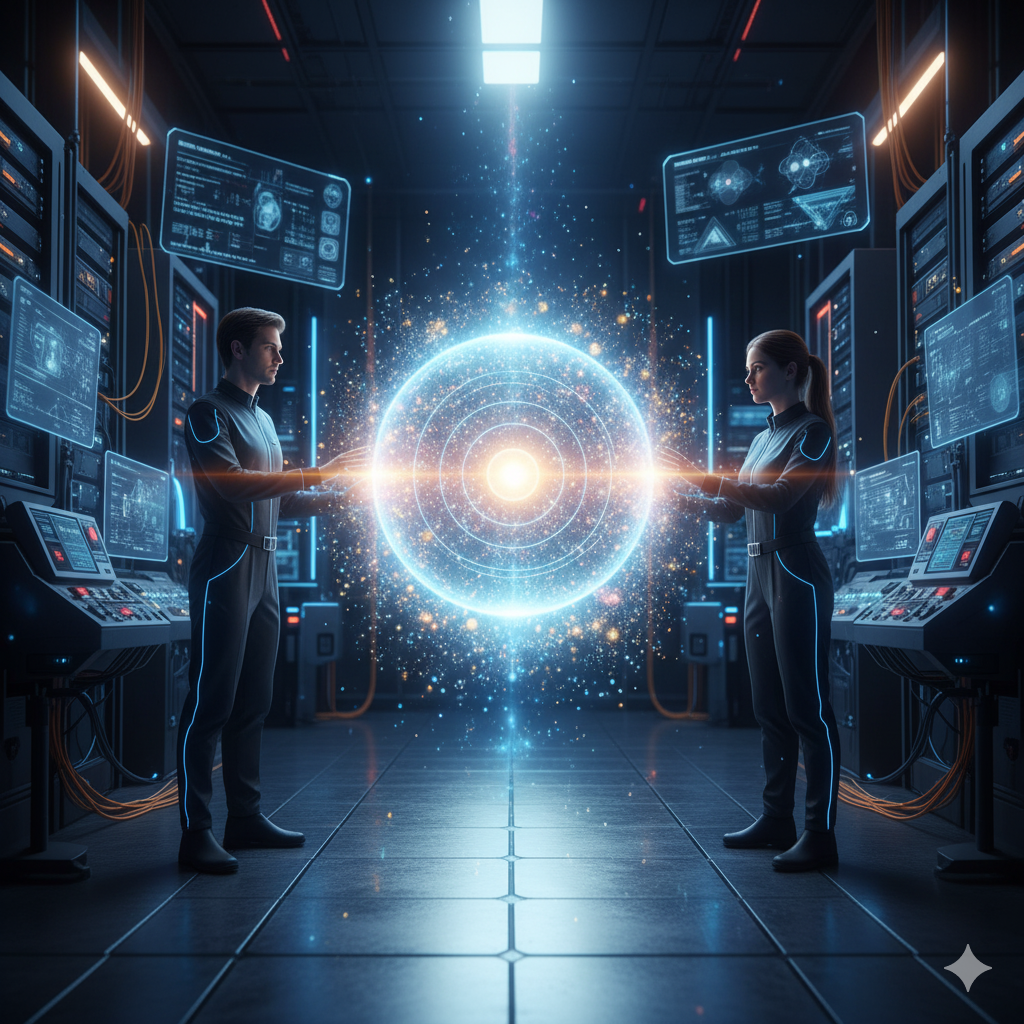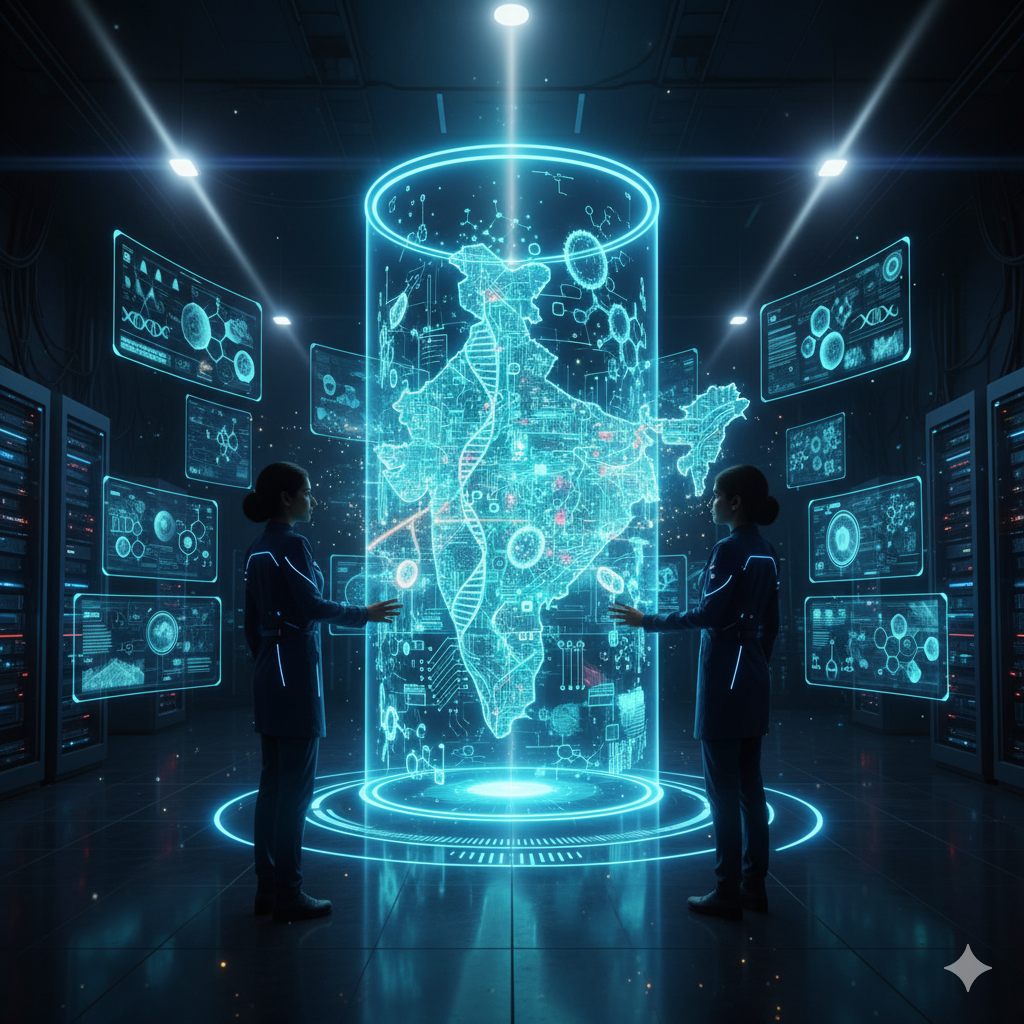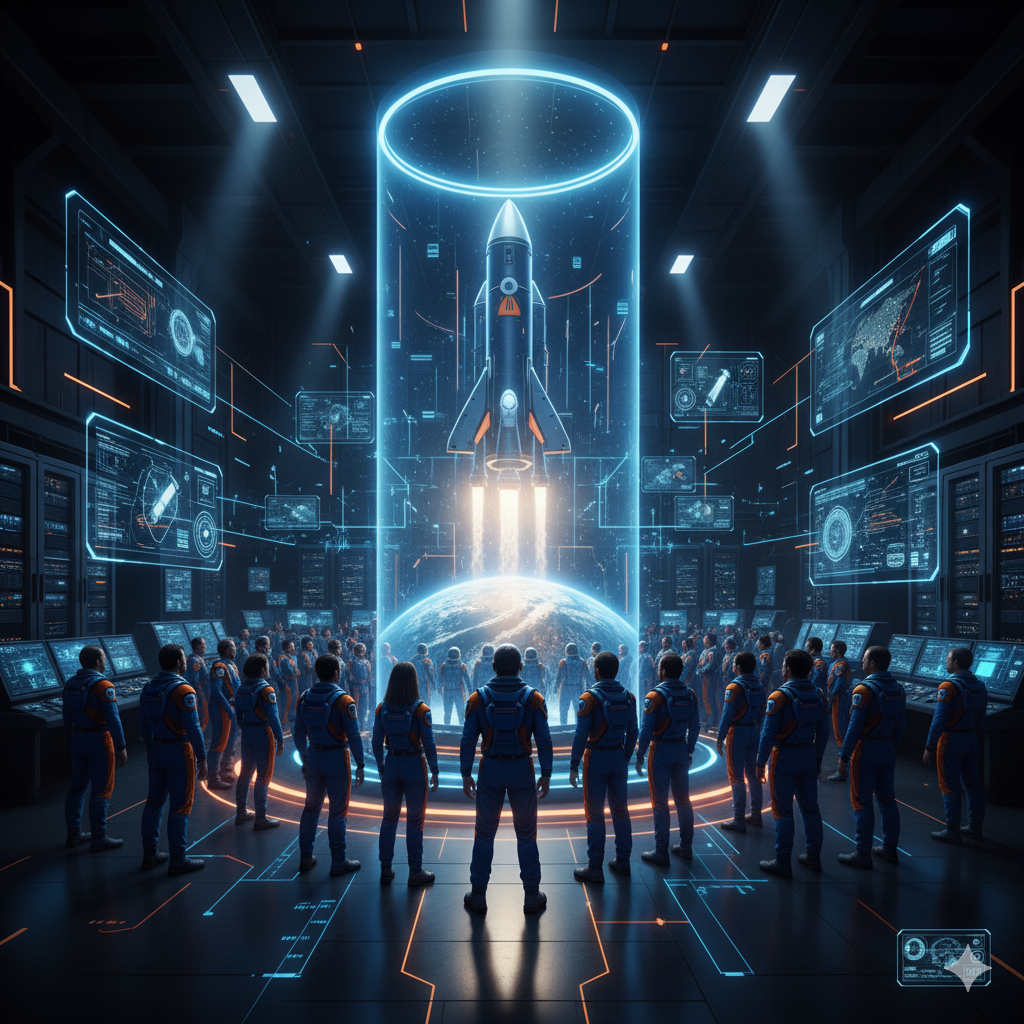Introduction
Artificial Intelligence (AI) and robotics have individually transformed many industries over recent decades. When combined, they create AI-powered robotics, a cutting-edge field that brings together intelligent decision-making and physical automation. AI-powered robots can perceive their environment, make autonomous decisions, learn from experiences, and adapt to new situations. This synergy is reshaping manufacturing, healthcare, agriculture, logistics, and even everyday life.
This article explores the fundamentals of AI-powered robotics, the technologies that enable it, its applications, benefits, challenges, and future prospects. It is designed to offer an insightful educational perspective for students, professionals, and enthusiasts keen to understand this transformative technology.
What Is AI-Powered Robotics?
At its core, robotics involves designing, building, and operating robots—machines capable of performing tasks traditionally done by humans. These tasks can range from simple repetitive actions to complex functions requiring precision and adaptability.
Artificial Intelligence (AI) refers to computer systems capable of performing tasks that normally require human intelligence, such as understanding language, recognizing patterns, solving problems, and learning.
AI-powered robotics is the integration of AI algorithms and machine learning models into robots, enabling them to not only perform physical tasks but also:
- Understand and interpret sensory data.
- Make decisions based on complex environmental factors.
- Learn and improve performance over time.
- Interact naturally with humans and other machines.
This fusion makes robots autonomous, adaptable, and intelligent rather than mere pre-programmed machines.
Key Components of AI-Powered Robotics
To appreciate AI-powered robotics, it is essential to understand its fundamental components:
1. Sensors and Perception Systems
Robots use sensors to gather information about their surroundings. Sensors include:
- Cameras and vision sensors.
- Lidar and radar for depth perception.
- Tactile sensors to detect touch and pressure.
- Microphones for audio input.
These inputs allow robots to perceive the world similarly to human senses.
2. Artificial Intelligence Algorithms
AI algorithms process sensor data to:
- Recognize objects.
- Understand spatial layouts.
- Detect obstacles.
- Interpret human commands.
Machine learning models, particularly deep learning neural networks, play a critical role in visual recognition and natural language processing.
3. Control Systems
Control systems convert AI decisions into physical actions:
- Motor controls.
- Actuators for movement.
- Feedback loops to adjust motion based on real-time data.
4. Robotic Hardware
The physical form of robots includes:
- Manipulator arms.
- Mobility platforms (wheeled, tracked, or legged).
- End effectors such as grippers or tools.
Advanced robots combine agility with dexterity to perform delicate tasks.
5. Communication Systems
AI-powered robots often operate as part of networks:
- Communicating with other robots (swarm robotics).
- Interacting with human operators.
- Accessing cloud AI services for additional processing power.
Types of AI-Powered Robots
1. Industrial Robots
- Used extensively in manufacturing for welding, assembly, painting, and quality inspection.
- AI enables these robots to adapt to new products without reprogramming.
- Examples: Collaborative robots (cobots) that safely work alongside humans.
2. Service Robots
- Assist in customer service, hospitality, and healthcare.
- AI enables natural language understanding and emotional recognition.
- Examples: Receptionist robots, cleaning robots, eldercare companions.
3. Autonomous Vehicles and Drones
- Self-driving cars, delivery drones, and agricultural robots use AI to navigate complex environments.
- They combine perception, mapping, and decision-making AI to operate safely and efficiently.
4. Medical Robots
- Assist in surgeries, diagnostics, and patient care.
- AI improves precision, reduces invasiveness, and personalizes treatment.
- Examples: Surgical robots like da Vinci, robotic exoskeletons for rehabilitation.
5. Exploration Robots
- Used in hazardous or remote environments like space, underwater, or disaster zones.
- AI helps these robots adapt to unpredictable conditions without direct human control.
How AI Enhances Robotics
1. Autonomy
AI enables robots to operate independently, reducing the need for human intervention. Autonomous robots can:
- Navigate dynamic environments.
- Make real-time decisions.
- Handle unexpected obstacles.
2. Learning and Adaptation
Robots with AI can learn from experience:
- Reinforcement learning helps robots improve tasks through trial and error.
- Transfer learning allows applying knowledge from one task to another.
This leads to continuous improvement and versatility.
3. Perception and Understanding
AI-powered perception systems allow robots to:
- Recognize objects and people.
- Interpret gestures and speech.
- Understand context and intent.
Such capabilities enable more natural human-robot interaction.
4. Predictive Maintenance and Efficiency
AI can predict when robot parts need servicing, reducing downtime.
Optimizes robot paths and task sequences to enhance productivity.
Applications of AI-Powered Robotics
Manufacturing
AI-powered robots optimize assembly lines with flexible automation:
- Adapt to different products quickly.
- Collaborate with human workers safely.
- Ensure high-quality control through AI-powered vision.
Healthcare
Robots equipped with AI assist in:
- Performing minimally invasive surgeries.
- Managing hospital logistics and sanitation.
- Supporting elderly and disabled patients with companionship and mobility.
Agriculture
AI-driven robots automate:
- Planting, watering, and harvesting.
- Pest and disease detection via image analysis.
- Soil health monitoring using sensor data.
Logistics and Warehousing
AI robots manage inventory:
- Autonomous guided vehicles (AGVs) transport goods.
- AI optimizes warehouse layouts and routes for faster delivery.
Disaster Response and Exploration
Robots with AI capabilities operate in dangerous environments:
- Search and rescue missions.
- Hazardous material handling.
- Space exploration and oceanography.
Consumer Applications
Robots enhance daily life with AI:
- Home cleaning and maintenance.
- Personal assistant robots.
- Entertainment and education robots.
Benefits of AI-Powered Robotics
Increased Productivity and Efficiency
Robots work tirelessly, faster, and with high precision, increasing throughput and reducing costs.
Improved Safety
Robots take over dangerous, repetitive, or ergonomically challenging tasks, reducing workplace injuries.
Enhanced Quality
AI-driven robots maintain consistent quality by minimizing human error.
Customization and Flexibility
AI allows robots to adapt to changing requirements without full reprogramming.
24/7 Operation
Unlike humans, robots can operate continuously without fatigue.
Challenges and Limitations
Technical Complexity
Building robust AI systems for real-world robotics requires advanced algorithms and extensive training data.
High Costs
Development and deployment of AI-powered robots can be expensive, limiting accessibility for smaller businesses.
Data Dependency
AI models need large volumes of high-quality data for training, which can be scarce or costly to obtain.
Ethical and Social Concerns
- Job displacement fears due to automation.
- Privacy issues with robots collecting data.
- Need for clear regulations and safety standards.
Human-Robot Interaction
Designing intuitive, safe, and effective interfaces for human collaboration is challenging.

Future Trends in AI-Powered Robotics
1. Swarm Robotics
Multiple AI-powered robots working collaboratively to achieve complex tasks, inspired by social insects.
2. Edge AI Robotics
Embedding AI capabilities directly on robots (edge computing) to reduce latency and dependence on cloud connectivity.
3. Explainable AI
Developing AI models whose decisions are transparent and interpretable for safety-critical applications.
4. Bio-Inspired Robotics
Creating robots that mimic biological systems in locomotion, sensing, and decision-making.
5. Soft Robotics
Robots made from flexible materials that can safely interact with humans and delicate objects.
6. AI and 5G Integration
Combining 5G connectivity with AI for real-time, high-bandwidth robotic control and coordination.
Conclusion
AI-powered robotics represents the convergence of two revolutionary technologies, combining physical automation with intelligent decision-making. This fusion is transforming industries, enhancing productivity, and opening new frontiers in medicine, agriculture, logistics, and beyond.
While challenges remain—from technical hurdles to ethical considerations—the future of AI-powered robotics promises smarter, safer, and more adaptable machines. As this field evolves, it will fundamentally reshape how humans work, live, and interact with machines, heralding a new era of intelligent automation.
Understanding the basics and potential of AI-powered robotics is crucial for students, researchers, policymakers, and industry leaders to harness its benefits responsibly and innovatively.




